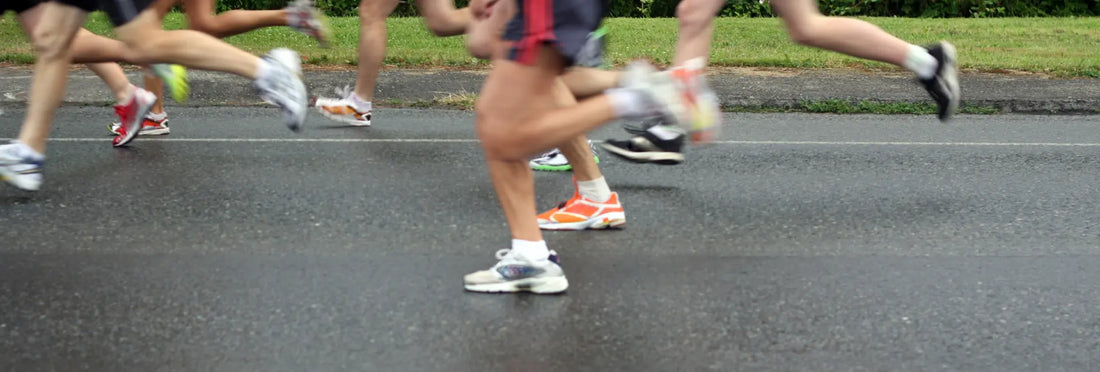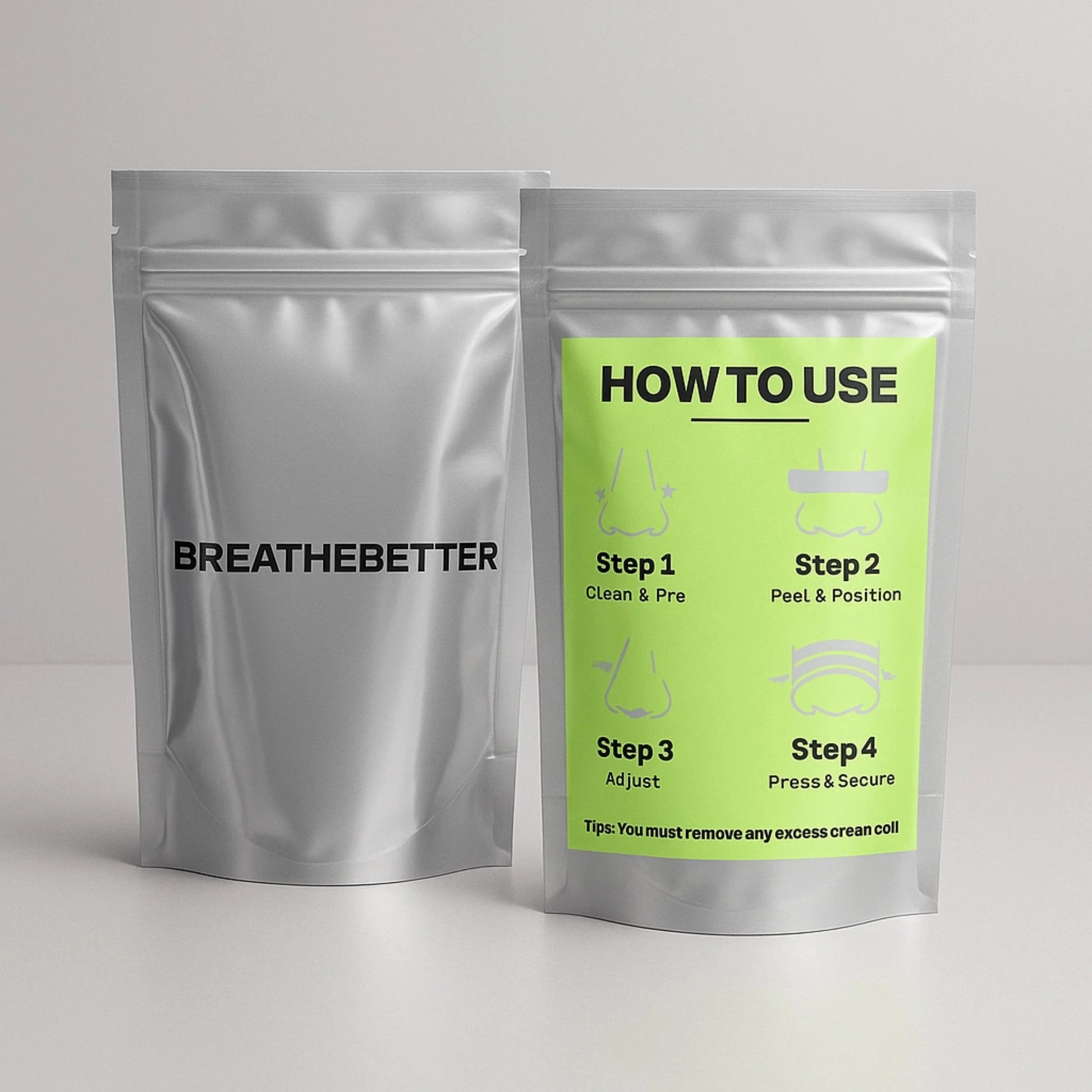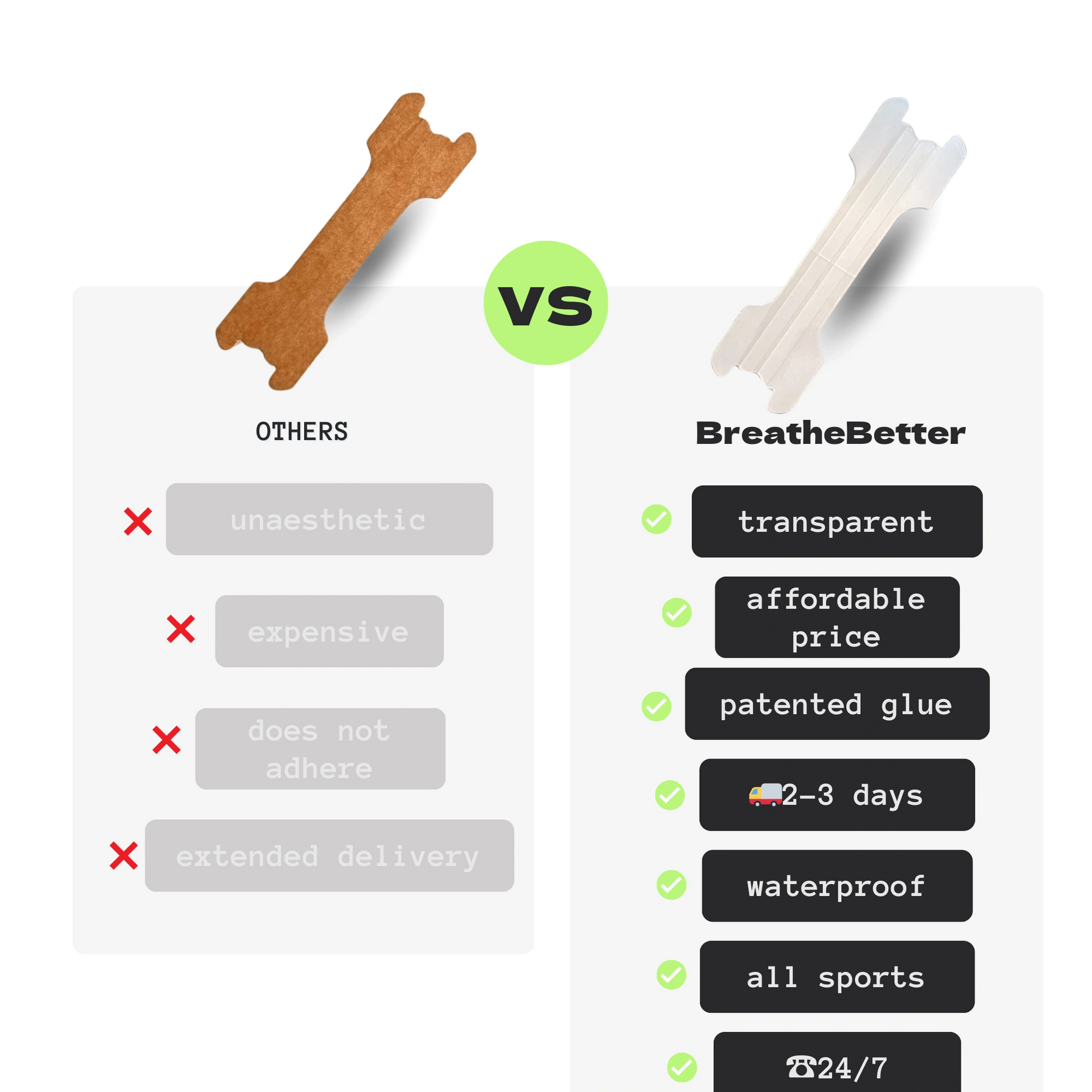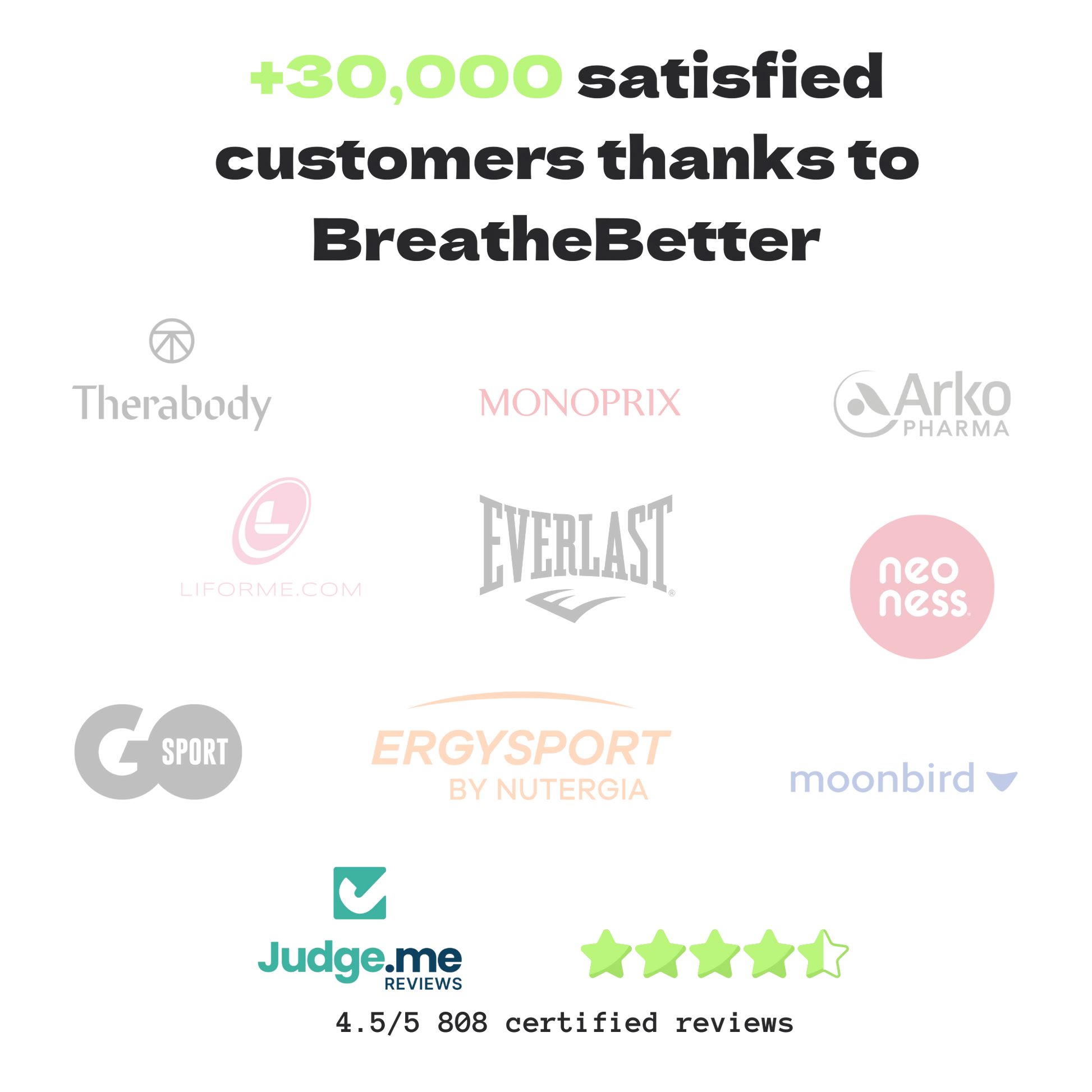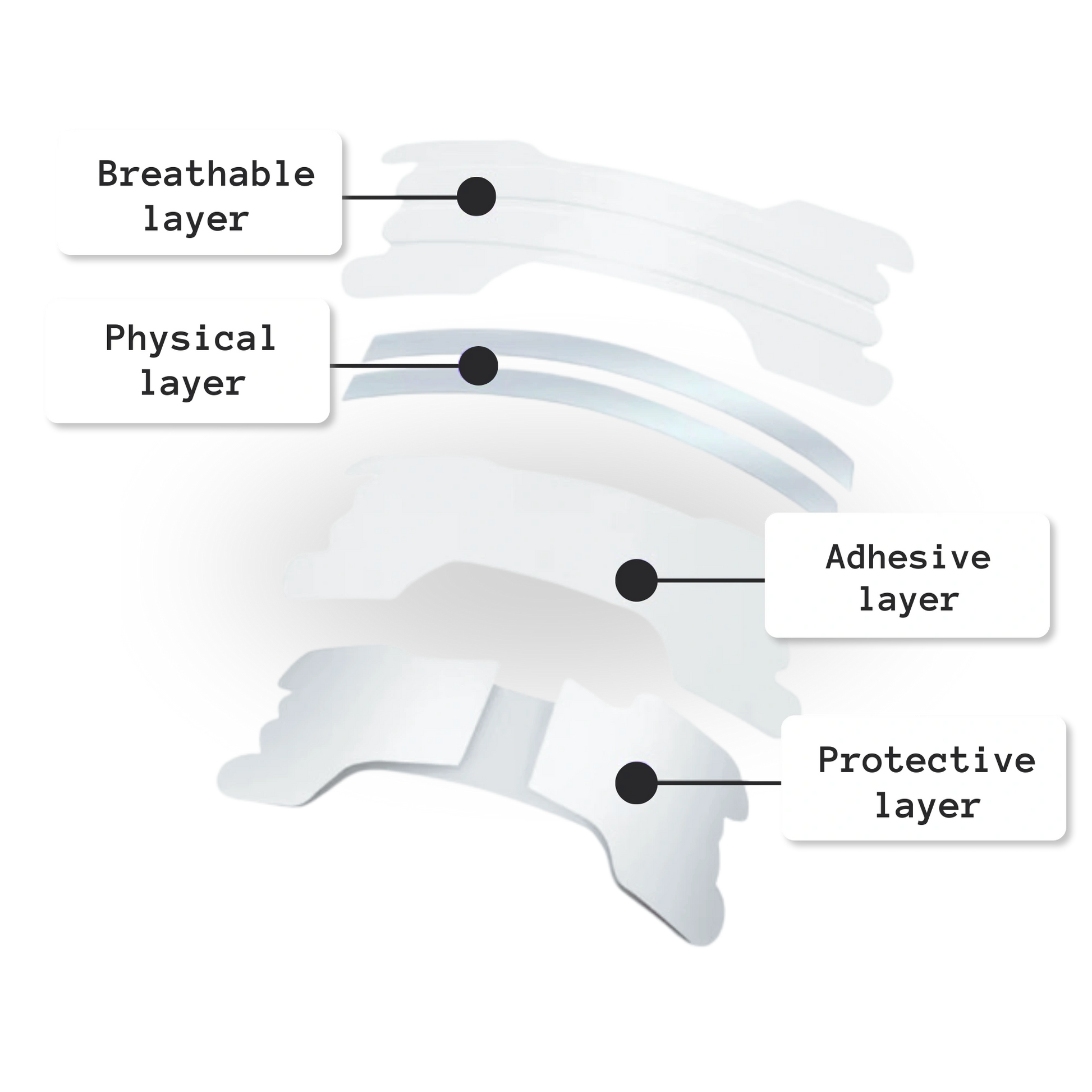Do you already run regularly and dream of beating your 10K record? Good news: with a few targeted adjustments, it's entirely possible to shave 5 minutes off your time. Whether you're at 55, 50, or 45 minutes, the goal is achievable if you optimize your training, breathing, nutrition, and running strategy. In this article, you'll discover practical advice, clear explanations, and proven methods to improve your performance without getting injured or sacrificing your running enjoyment.
Optimize your training to improve your progress
A good 10K race starts with training. You don't need to run every day, but it's essential to structure your weeks.
Spread your sessions out intelligently
Three to four well-planned weekly workouts are better than six poorly planned ones. Here's a basic guide to adapt to your level:
- 1 short interval training session (e.g.: 10 x 30''/30'', 8 x 400 m)
- 1 long interval session at 10km pace (e.g. 4 x 1000 m or 3 x 2000 m)
- 1 long outing between 45 and 60 minutes in basic endurance
- 1 recovery jog (optional but useful)
These sessions allow you to work on your speed, your endurance and your ability to maintain a high pace throughout the race.
Vary the paces and formats
Your body adapts quickly. To continue progressing, alternate formats:
- fartlek: ideal for breaking monotony and working on recovery
- hill climbs: excellent for developing power
- negative split sessions: learn to run faster at the end
If you want to improve your time, it's all about breathing. Try nasal strips to run longer and be less out of breath: Nasal Strip for Running
Run more efficiently with an optimized stride
It's not about radically changing your technique, but about adjusting a few elements so that your stride costs you less energy.
Improve your cadence
A pace close to 180 steps per minute helps distribute the effort more evenly and limits the impact on the ground. To get closer to this:
- listen to a playlist with a suitable BPM
- use a GPS watch to track your pace
- do coordination exercises (skipping, knee lifts)
Take care of your posture
Good alignment allows you to run faster and longer. Think about:
- keep your back straight with a slight forward lean
- relax the shoulders
- swing the arms close to the bust
- place your foot under the center of gravity
You can strengthen your core with core exercises 2 to 3 times a week to maintain this posture longer.
Breathe better to run longer
Breathing is often overlooked, yet it plays a key role in performance. Proper muscle oxygenation allows you to maintain your target pace for longer.
Train your abdominal breathing
Inhale deeply through your nose, expand your stomach, then exhale slowly through your mouth. This type of breathing:
- improve your oxygen intake
- slows down fatigue
- reduce your stress before and during the race
You can practice breathing this way during your low-intensity runs, then gradually use it at higher paces.
Use BreatheBetter Nasal Strips
BreatheBetter nasal strips are transparent and easy to apply, increasing the opening of the nasal passages. They allow:
- to breathe better during exercise
- to reduce shortness of breath
- to improve your concentration while running
They are particularly useful on fast races like a 10k, where every breath counts.
Adapt your diet to boost your performance
What you eat before your 10km race directly influences your energy level, your digestion and therefore your time.
The days before the race
- slightly increase your carbohydrate intake (pasta, rice, wholemeal bread)
- avoid fatty, spicy or high-fiber foods
- drink regularly to stay well hydrated
Race morning
A balanced breakfast 2 to 3 hours before departure is essential:
- example: wholemeal bread + almond puree + banana + tea or light coffee
- if necessary, take a compote or an energy gel 15 minutes before departure
Avoid new foods: Never try something for the first time on the day of.
Warm up to be ready from the start
Too many runners start cold and fizzle out after a few kilometers. A good warm-up puts you in the best possible shape.
Simple and effective routine (to be done 30 minutes before departure)
- 10 minutes of light jogging
- 5 minutes of exercises (knee raises, heels-to-buttocks)
- 3 to 4 progressive straight lines over 60 to 80 m
- some joint movements: ankles, hips, arms
You will arrive at the starting line warmed up physically and mentally.
Adopt a racing strategy adapted to your goal
This is often the key to not exploding and gaining those famous 5 minutes.
Go at your target pace (not too fast, not too slow)
If you want to do 45 minutes, your pace should be around 4:30/km. Adjust your start time accordingly:
- 1st km controlled, or even slightly slower
- stabilize your pace between the 2nd and 8th km
- accelerate slightly from the 8th km if you feel good
Mentally breaks up the race
Divide your 10km race into 3 blocks:
- km 1 to 3: setting the pace
- km 4 to 7: effort management
- km 8 to 10: mental and physical recovery
This makes running less intimidating and helps you stay focused.
Use the right equipment to maximize your potential
A comfortable outfit, tested in advance, can really make a difference.
The essentials of the 10km
- lightweight shoes with good cushioning or carbon if you are aiming for performance
- breathable technical t-shirt
- fitted shorts or leggings
- anti-blister socks
- GPS watch to monitor your pace
Avoid wearing new clothes on the big day. This is not the time to try out a new pair of clothes or unfamiliar shorts.
summary table: the 7 levers to save 5 minutes
| Lever | Recommended action |
|---|---|
| Structured training | 3-4 varied sessions: VMA, threshold, endurance |
| Running technique | High cadence, aligned posture |
| Breathing | Abdominal breathing + BreatheBetter nasal strip |
| Nutrition | Complex carbohydrates + hydration |
| Warm-up | Jogging + educational + accelerations |
| Race strategy | Constant pace + fast finish |
| Equipment | Lightweight shoes, tested fit |
Want to run your 10K 5 minutes faster? It's completely possible. It's not enough to run more, but to run better. By structuring your training, working on your breathing, eating wisely, and managing your run well, you can transform your time. Add to that the right equipment and easier breathing thanks to BreatheBetter nasal strips, and you'll have stacked the odds in your favor.
The most important thing is consistency. Don't try to do everything at once. Gradually integrate these elements into your routine and observe your progress. Your next 10K race might surprise you.

